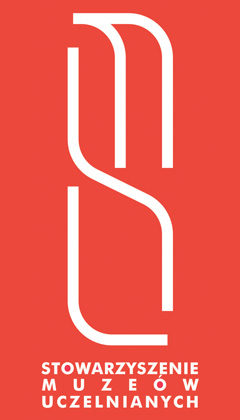Kazimierz Maślankiewicz Mineralogical Museum
ul. Cybulskiego 30
50-205 Wrocław
Tel. (71) 375 92 06
Mondays – Fridays: 10 am – 3:30 pm
Branch of the Mineralogical Museum at the University
of Wrocław
ul. Kuźnicza 22
50-138 Wrocław
Tel. (71) 375 92 90
Monday – Saturday: 10 am – 3:30 pm
muz.min@uwr.edu.pl
www.muzmin.ing.uni.wroc.pl/
Valid entry ticket required. (Prices available on the website).
Director: Prof. Piotr Kazimierz Gunia
Staff: Joanna Girulska-Michalik MSc, Edyta Łobocka PhD, Jacek Bogdański MSc, Antoni Stryjewski MSc
The collection of mineralogical exhibits began in 1811 with the establishment of the Mineralogical Cabinet within the Department of Geognosy at the Silesian University established by the rulers of the Kingdom of Prussia in Breslau (now Wrocław). Over a period of 134 years (until 1945) the collections grew and also changed. In 1898 they were divided into two parts – the collection of minerals proper and the collection of rocks and fossils. They were the foundation for creating two separate museums – the Mineralogical Museum and the Geological Museum – which functioned within different organizational structures at the Prussian-German university. The mineral collection was the basis for teaching geology, medicine and pharmacy, physics and chemistry, biology, and even philosophy students. Research work on minerals was carried out in the museum, which contributed to significant progress in studies of the Earth. In the opinion of academic and museum circles at the time, the Mineralogical Museum at the University in Breslau was one of the most outstanding in the world. This changed with the outbreak of the Second World War, as a result of which the collections were partially dispersed and lost. The part of the former collections that had been placed in Świerzawa was returned to Wrocław, to the new University of Wrocław established by the Polish government. Initially, the collection was used for teaching purposes in the newly opened geological departments. The Mineralogical Museum was not re-established until 1966 and it has been functioning at the university in various forms to this day. Since 1952 the main seat of the university has been located at ul. Cybulskiego 32–34. In 1993 a branch of the museum was opened in the building at ul. Kuźnicza 22. Today the collection consists of approx. 30,000 exhibits, grouped into four collections: minerals of Poland, minerals of the world, precious and ornamental stones, and meteorites and impactites. Approx. 4,000 exhibits are on show, grouped into the following collections:
– at the main seat – minerals of the world in accordance with the systematic arrangement, and minerals of Poland by region and deposit;
– in the branch – minerals of Poland by region and deposit, precious and ornamental stones, and meteorites and impactites, agates from the Kaczawskie Mts., minerals from Strzegom and Piława Górna pegmatites, minerals from East Bavaria, holotypes with cotypes, synthetic and natural gemstones, various cuts of precious and decorative stones. Many temporary exhibitions have been organized at the museum, and the collections have been presented at various academic centres and museums in Poland and abroad. The museum cooperates with several scientific associations: the Polish Society of Friends of Earth Sciences (Polskie Towarzystwo Przyjaciół Nauk o Ziemi), the Polish Mineralogical Association (Polskie Towarzystwo Mineralogiczne), and the Polish Gemmological Association (Polskie Towarzystwo Gemmologiczne). Scientific conferences, lectures, museum lessons and mineralogical workshops are also held here. It participates in the Night of Museums, the Lower Silesian Science Festival, the University of the Third Age of the University of Wrocław. It co-organizes mineral trade shows and is the patron of various other regional fairs, including the Lwówek Agate Summer. The museum is used for teaching purposes by various fields of study: geology and gemmology, geography and environmental protection, agriculture and soil sciences, architecture and pharmacy. Research is also carried out on the collections by many scientists in Poland and abroad. The Mineralogical Museum is part of an international network of geological museums recognized by the International Mineralogical Association (IMA) as collecting mineral holotypes and cotypes.
Antoni Stryjewski MSc












